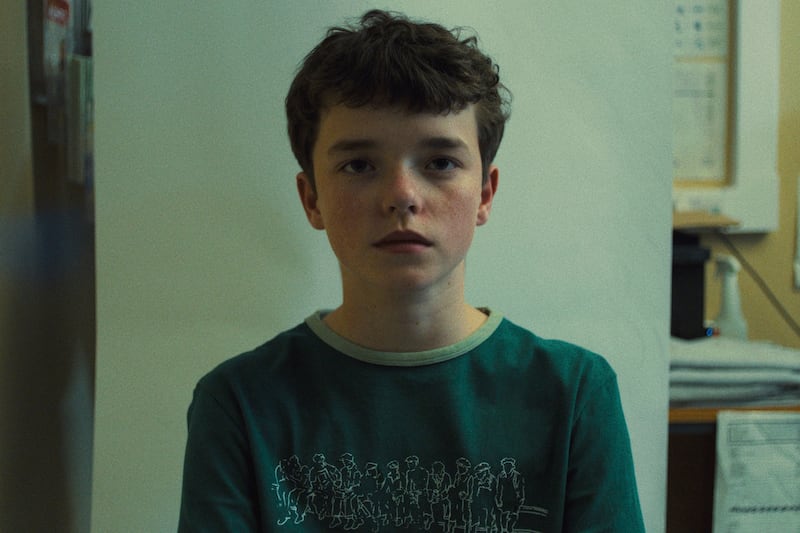Inspired by Glenn Kurtz’s book Three Minutes in Poland: Discovering a Lost World in a 1938 Family Film, Dutch writer-director Bianca Stigter’s moving film essay concerns a home movie, shot in the town of Nasielsk, Poland, by the author’s grandfather, David Kurtz.
The three minutes of footage described in the title are mostly in colour and are the only known moving images of the Jewish inhabitants of Nasielsk before the Holocaust.
Co-produced by the filmmaker’s husband, Steve McQueen, and narrated by Helena Bonham Carter, Stigter’s film chronicles Kurtz’s attempts to uncover the names and identities of those on-screen.
Survivors - too few - scramble to recall details. One contributor survived by borrowing a Nazi uniform, “arresting” his Jewish girlfriend and escaping to Russia.
Adolescence: Five truths about our teenage boys we need to address urgently
Her ‘no’ was clear. She did not want to go home with him. Still he went on. And on
The 100 best Irish books of the 21st century: No 25 to No 1
‘One of the lowest points of my life’: Elizabeth Day on marriage breakdown, IVF and How To Fail
Glenn Kurtz’s detective story began in earnest in 2009 when a young woman in Detroit saw the three-minute film, which he had posted online, and recognised her grandfather: formerly Moszek Tuchendler, then a nonagenarian resident in Florida known as Maurice Chandler.
Of about 3,000 Jews in Nasielsk in 1938, fewer than 80 survived the war. One year after David Kurtz shot his film in August 1938, the majority of his subjects were herded into ghettoes before deportation to Treblinka.
Between Kurtz and Stigter – a Dutch journalist who authored Atlas Of An Occupied City: Amsterdam 1940-1945 – no stone is left unturned.
Cryptology is required to discover the name of the local shop. The high-contrast patterns on the women’s dresses were common in Prague and Germany in the 1930s; the distinctive buttons were produced in a Jewish-owned local factory. Different hats worn by the boys that swarm around the cameraman denote social standing; the short-brimmed dark caps signify religious study and respectability.
Mark Glynne’s sound design seamlessly marries Bonham Carter’s narration and unsentimental testimonies from survivors.
Tellingly, prior to the making of Stigter’s film, there was no local evidence of Nasielsk’s pre-war Jewish community.















